Bedside Matters
How can medicine stay true to its Oslerian roots while embracing technology’s advances?
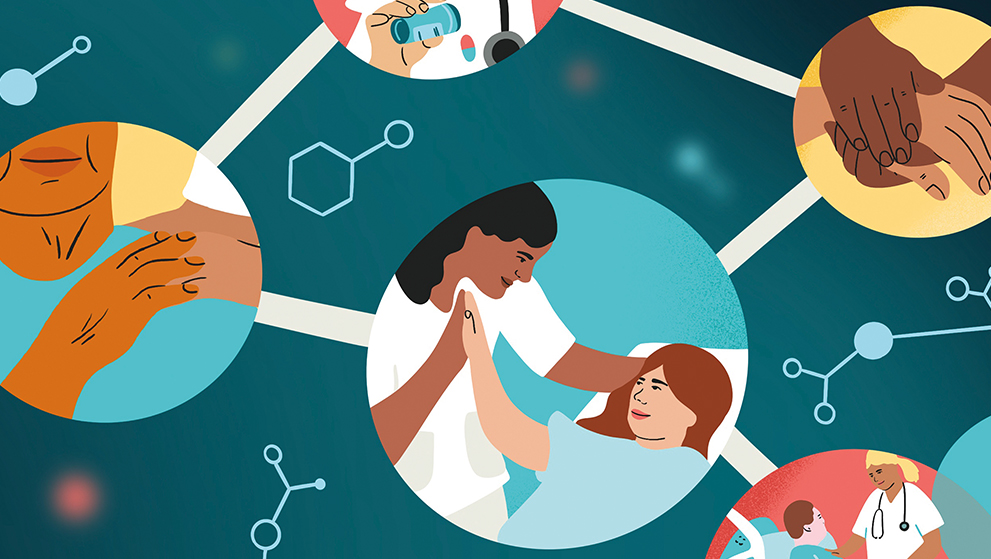
Illustration by Sol Cotti
The pose William Osler strikes in many old photos is a portrait of focused bedside attention. Stethoscope in hand, he hunches over a hospital bed, eyes locked on his patient. Around him stands a trio of younger clinicians, hoping, perhaps, that the famed diagnostician will soon solve the mystery of what ails another human heart.
As physician-in-chief at The Johns Hopkins Hospital (1889–1904), Osler set medical education on a course that’s still in play in medical schools around the country — and the world. Clinicians still regard the “Oslerian” tradition of patient-centered care as a gold standard.
Modern medicine was born in those old moments, but there is nothing modern to be seen in the photos. No monitors, no computers, no cellphones. Osler didn’t have access to high-tech scans, ECGs and genetic tests. He didn’t need to click the billing codes in an electronic medical record (EMR).
The distance between Osler’s time and ours is vast — and it’s about to grow vaster. Molecular medicine is coming into its own. Artificial intelligence is in play. These potentially revolutionary advances have clinicians and educators at Johns Hopkins thinking hard about the balancing act ahead: What needs doing to help medicine and medical education stay true to their Oslerian roots while embracing future technologies?
“There’s no doubt we have a lot to figure out going forward,” says Brian Garibaldi, associate program director of the Osler Medical Residency Program and a co-founder of the national Society of Bedside Medicine. “But Hopkins is uniquely positioned to do just that because the tradition of patient-centered care is so strong.”
Losing the Big Picture?
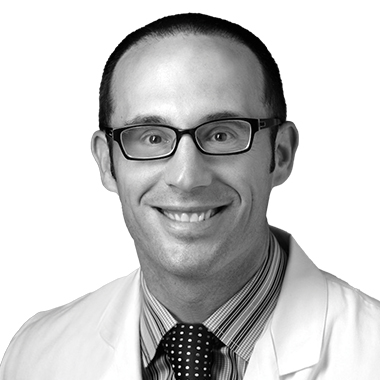 Brian Garibaldi
Brian GaribaldiA much-celebrated physician and teacher, Johns Hopkins cardiologist Thomas Traill was instrumental in the 1980s development of the Firm Faculty System. A core component of the Osler Medical Residency, it aimed to put medicine trainees in rich mentorship environments where they worked with clinical faculty members in small, close-knit groups, taking care of patients together.
Several issues lie behind Traill’s concern that the Firm System has just about “run its course.” First, the environment for faculty members teaching on the inpatient service has changed. There is dwindling time available for faculty members and house officers to mingle. As Traill puts it, “‘Tea time’ on the wards is far in the past.”
A second reason: Patients no longer spend days on wards, undergoing evaluation and work-up. That process is an outpatient sequence today, Traill says. In acute admissions, he adds, evaluation occurs in the Emergency Department, and patients are admitted under the care of a hospitalist or assistant chief of service, not their faculty doctor.
Lastly, and perhaps most significantly, Traill cites the changing nature of inpatient medical management. With the advent of molecular medicine and advances in biomarkers, he says, treatment decisions that used to be based on bedside assessments are being replaced by protocols based on test results.
“If you were a physician-scientist of a molecular medicine disposition, taking care of someone with a heritable condition such as hypertrophic cardiomyopathy, you could say, ‘All we need to do is identify the mutation in a family, genotype the children to see which ones are affected and start them on medication,’” he says. “Think about that: That physician-scientist might think that you never even need to talk to the patients. Everything can happen in the lab. That leaves doctoring hanging out to dry, doesn’t it?”
He worries about what gets lost with that close-up focus. While allowing that molecular medicine can provide “extraordinary precision,” Traill says, “as physicians, it’s moved us to a different level of looking at human beings. We are looking at molecules, not organs. We look, fascinated, at molecular physiology and no longer at how the body works as a whole, how whole organs fail. This is a huge shift in the ground for all disciplines of medicine. It’s thrilling, but it’s also a big challenge.”
‘Not at Odds’
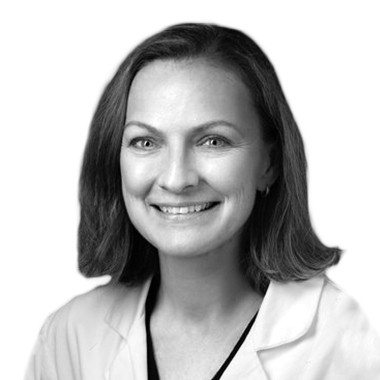 Colleen Christmas
Colleen ChristmasThe risks on that molecular front may turn out to be daunting, but they won’t be entirely new. When ECGs and ultrasound arrived, they, too, threatened to pull focus away from traditional physical exams. Most recently, the EMR has added a new layer of frustration.
Geriatrician Colleen Christmas, director of the Primary Care Leadership Track in the Johns Hopkins University School of Medicine, worries about the way the EMR spits out red-flag reminders directing clinicians to standard-of-care tests and treatments. Those reminders fail to account for the complexities of her older patients, many of whom suffer from multiple chronic conditions and may be more interested in the quality of their day-to-day lives than in the number of years they have left.
“When the record tries to tell me what to do,” Christmas says, “sometimes I want to just scream: ‘You don’t know my patient! She doesn’t want that!’ It’s dehumanizing, the way it separates the disease from the person with that disease.”
Time pressure is another issue. Garibaldi points to recent studies showing that medical interns spend just 12% of duty time in the presence of patients compared with half their time in office settings, mostly on computers. How are trainees supposed to learn patient-centered care if they don’t spend time with patients?
A growing body of evidence indicates that such worries may be justified. A 2018 literature review in the International Journal of Medical Education found that physical exam skills among physicians have been “deteriorating” over a 20-year period.
Christmas and Garibaldi tick off the names of half a dozen recent school of medicine initiatives aimed at bolstering patient-centered care in the face of such challenges. “We’ve improved on these issues tremendously in recent years,” says Christmas. “But there’s more to be done. We’re still just scratching the surface.”
Garibaldi is hopeful the investments Johns Hopkins Medicine is making in AI strategies will pay off here. For example, AI tools might lead to a revamped EMR that “synthesizes information much more effectively,” he says. “I think the way back to great bedside medicine is actually going to come through technology.”
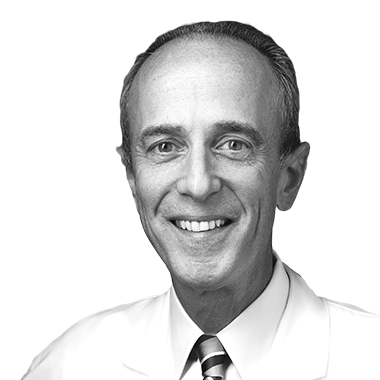 Roy Ziegelstein
Roy ZiegelsteinJohns Hopkins cardiologist Roy Ziegelstein, vice dean for education at the school of medicine, concurs. “Even with his magnificence as a diagnostician, Osler would not have known based on physical examination alone what the ejection fraction was or whether there was a pericardial effusion,” he says. “We can learn those things so easily now by performing an echocardiogram, but it doesn’t mean we stop listening to patients and examining them with our stethoscopes and our hands. These two sides can be complementary. They’re not at odds.”
“What would be awesome is having students and interns and faculty working together in outpatient settings, just like we’ve always done in the hospital.”
Colleen Christmas
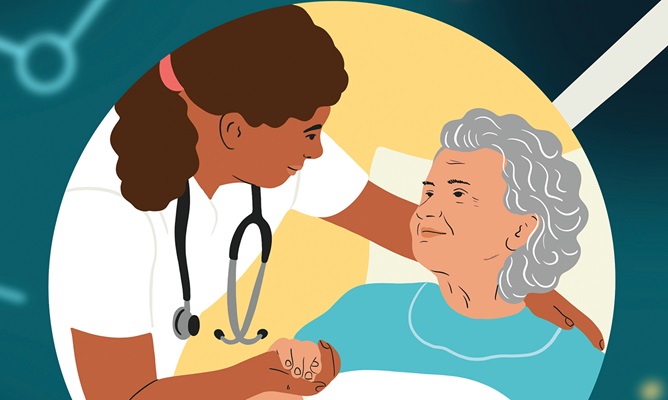
Bolstering Learning in Outpatient Settings
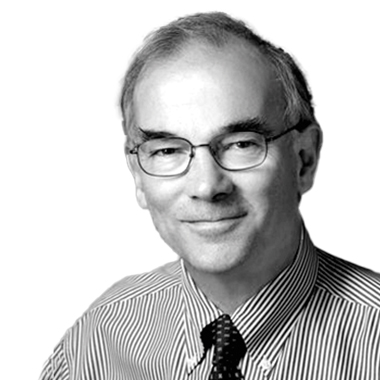 Thomas Traill
Thomas TraillOsler did most of his chin-in-palm pondering in hospital wards. That’s where he taught young clinicians as well. But, as Traill notes, the geography of clinical care is quite different today, with diagnoses made — and treatment protocols set — largely in outpatient settings. Fewer and fewer patients land in the hospital as mysteries to be solved. More and more, they arrive for planned procedures and treatments.
“The most exciting bits of medicine I do nowadays happen right here in my office” at the Johns Hopkins Outpatient Center, Traill says. “Time and again, I find myself wishing that I had residents or medical students here so I could show them what I’m finding out about a patient.”
“Most of our trainees are not going to have careers spent practicing most of the time in the hospital,” Christmas says, which is why medical interns now spend as much as one-third of their training time in outpatient settings. Still, questions remain. Is that enough time? Is the educational product in outpatient settings the best it could be?
“What would be awesome is having students and interns and faculty working together in outpatient settings, just like we’ve always done in the hospital,” Christmas says. “That doesn’t really exist right now, but we absolutely could do it if the incentives were in place.”
That raises more questions. Is funding available to reimburse teaching time in outpatient settings? What about physical infrastructure — can cramped exam rooms get retrofitted to accommodate hospital-rounds-like sessions?
Tackling such issues will likely involve brushing up against systemic issues in American medicine. Medicare reimbursements that support educational activities run through hospitals, not outpatient clinics. In addition, outpatient-based physicians who might be inclined toward teaching are working under great pressure to boost productivity and profitability.
“If we’re truly going to value Oslerian medicine going forward, some of these incentives are going to have to change, and that includes the reimbursements,” says Ziegelstein.
“We look, fascinated, at molecular physiology and no longer at how the body works as a whole, how whole organs fail. This is a huge shift in the ground for all disciplines of medicine. It’s thrilling, but it’s also a big challenge.”
Thomas Traill
Grappling with Uncertainty
Many of Christmas’ geriatric patients are in their 90s. Some are frail, vulnerable and dealing with multiple chronic ailments. She paints a hypothetical-but-true-to-life portrait in which the ordeal of a testing procedure may prove more of a burden than the possible disease, or a new, standard-of-care medication might have side effects that raise the risk of a debilitating fall.
“These get to be really complex questions in geriatrics,” she says, “and the answers often depend on what the patient’s goals are for whatever time she’s got left on this Earth. The new biological monitors and the new molecular medicine, we need to embrace those as tools. But that’s all they are: tools. They’ll never be a replacement for working to understand the whole person and setting your sights on helping them live better lives, as they understand that to mean.
“One thing we really have to focus on in medical education is teaching our trainees the importance of sitting with patients in an attentive way,” she says. “It takes explicit teaching to help them learn to truly focus, to quiet their minds and put aside the hundred other things racing around in there.”
This was a lesson that Garibaldi says he didn’t “fully appreciate” until he got the opportunity to spend more time in outpatient settings.
“What I started to see more clearly is how often in medicine we don’t know the right answer,” he says. Facing such uncertainty, he might need to recommend a treatment he’s unsure is going to work. Or he might suggest sitting back, hoping that time and further testing will show the way to a proper course.
“In those moments, you need to engage in shared decision-making with the patient,” he says, “and that’s going to be a very difficult task if you haven’t spent time getting to know that person and understanding their goals and preferences. Many times, the right answer depends more on the patient’s values than on the disease.”
Pearl
— Brian Garibaldi
